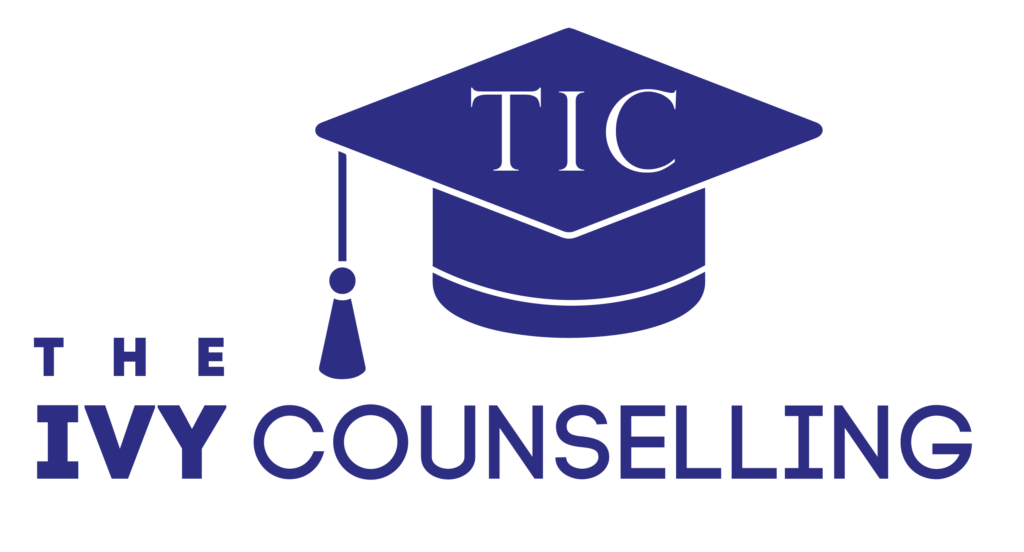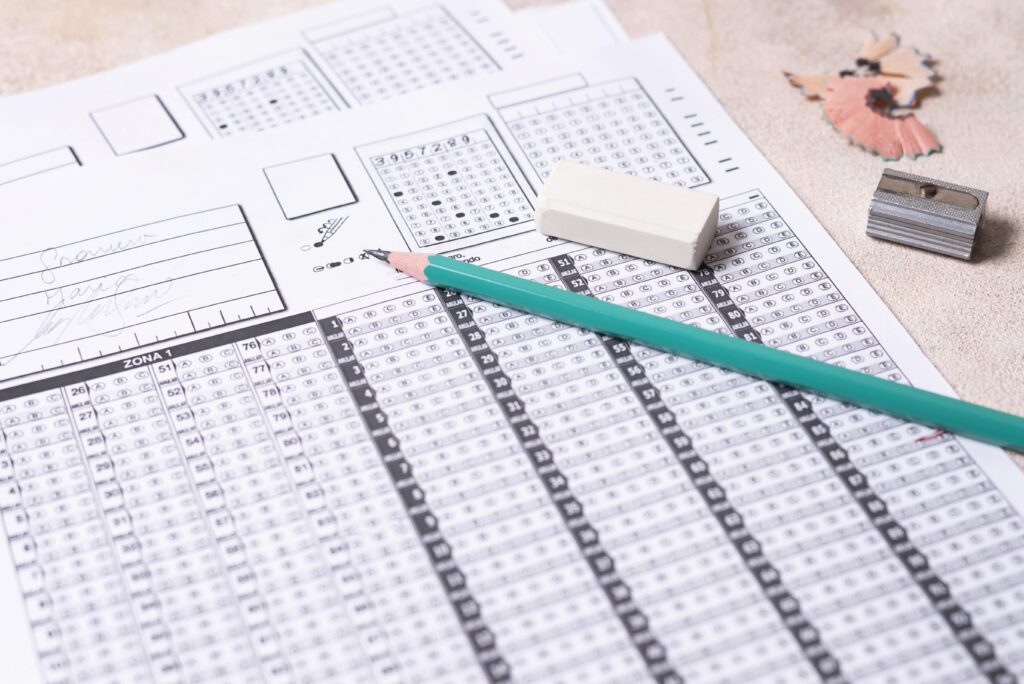As the academic journey of high school students unfolds, the pivotal decision of whether to dispatch SAT or ACT scores to their dream universities takes center stage. In the evolving landscape of education, the rise of test-optional policies adds a layer of complexity to this decision-making process, posing a profound question: Should one entrust their standardized test scores to the scrutiny of university admissions officers? In this exploration, we delve into the intricacies of test-optional policies and unravel the psychology behind the decision.
At the heart of this debate lies a fundamental understanding of what “test-optional” truly signifies. It goes beyond a mere label; it extends an invitation for applicants to craft their narrative. The psychology behind this choice echoes the principles of autonomy, providing students with the power to curate their academic identity.
In the realm of academia, transparency holds paramount significance. “Test-optional” does not equate to test negligence; rather, it beckons applicants to consider the strategic deployment of their standardized scores. The psychology here is akin to presenting a complete canvas, a portrait that encapsulates not only academic prowess but a willingness to reveal the intricacies of one’s intellectual tapestry.
The dichotomy between sending and withholding test scores echoes the yin and yang of decision-making. On one side of the scale, the pros illuminate a path of advantage. High test scores, akin to beacons in a competitive sea, possess the ability to elevate an application to celestial heights. They become the brushstrokes that accentuate the canvas, showcasing proficiency in the language of academia.
Conversely, shadows cast themselves in the form of lower scores, potentially dimming the prospects of admission. The psychology at play here intertwines with the delicate dance of self-assessment. Is the investment of time and emotional energy in test preparation a worthwhile endeavor if the returns do not harmonize with the symphony of academic excellence?
The decision-making landscape becomes even more intricate when financial considerations emerge from the wings. Merit scholarships, a siren’s call for many, whisper promises of financial reprieve. The psychology of submitting scores morphs into a strategic maneuver, an investment in potential dividends that could offset the daunting costs of higher education.
The canvas expands further, considering the uniqueness of each applicant’s situation. The psychology of decision-making intertwines with the individual’s academic fingerprint, their scores, extracurricular brushstrokes, and the eloquence of recommendation letters. It’s a symphony where each instrument, if played masterfully, contributes to the opus of a compelling application.
Yet, as we navigate this intricate maze, it’s imperative to recognize the kaleidoscope of university-specific policies. Each institution, a maestro in its own right, conducts a symphony with varying tempos and nuances. The psychology here mirrors that of a chess game, strategic and contingent upon understanding the intricacies of each move.
Furthermore, the academic terrain is not a monolithic expanse. The significance of scores metamorphoses based on the field of study, with STEM programs and humanities forging distinct paths. The psychology pivots, with science and math scores carrying weight in one realm and flexibility reigning in another.
In the end, the decision to submit SAT or ACT scores to a test-optional university is an odyssey of self-discovery and strategic navigation. The psychology underlying this decision is multifaceted, entwined with the threads of transparency, strategic advantage, and financial foresight. It’s a narrative that unfolds uniquely for each applicant, echoing the individuality that defines the educational journey. As you stand at the crossroads of this decision, remember that the canvas is yours to paint, and the brush is wielded with the wisdom of a scholar navigating the tapestry of academia.






